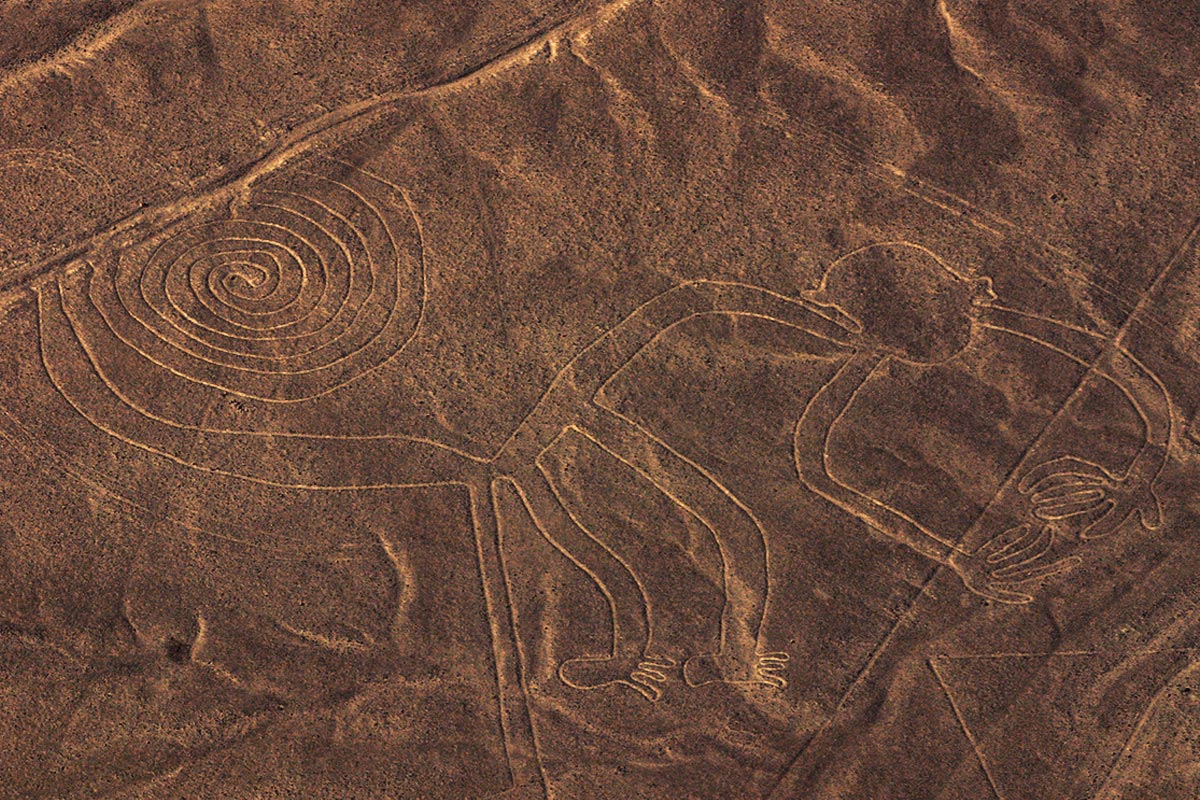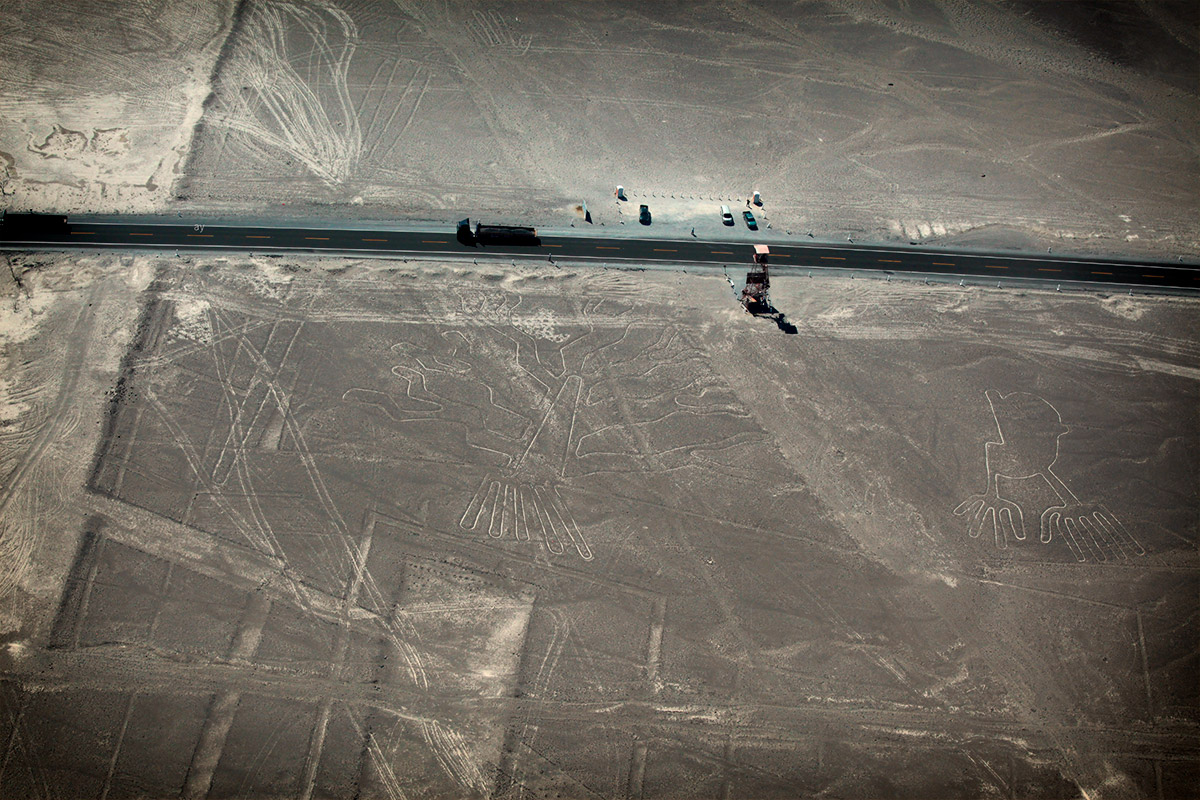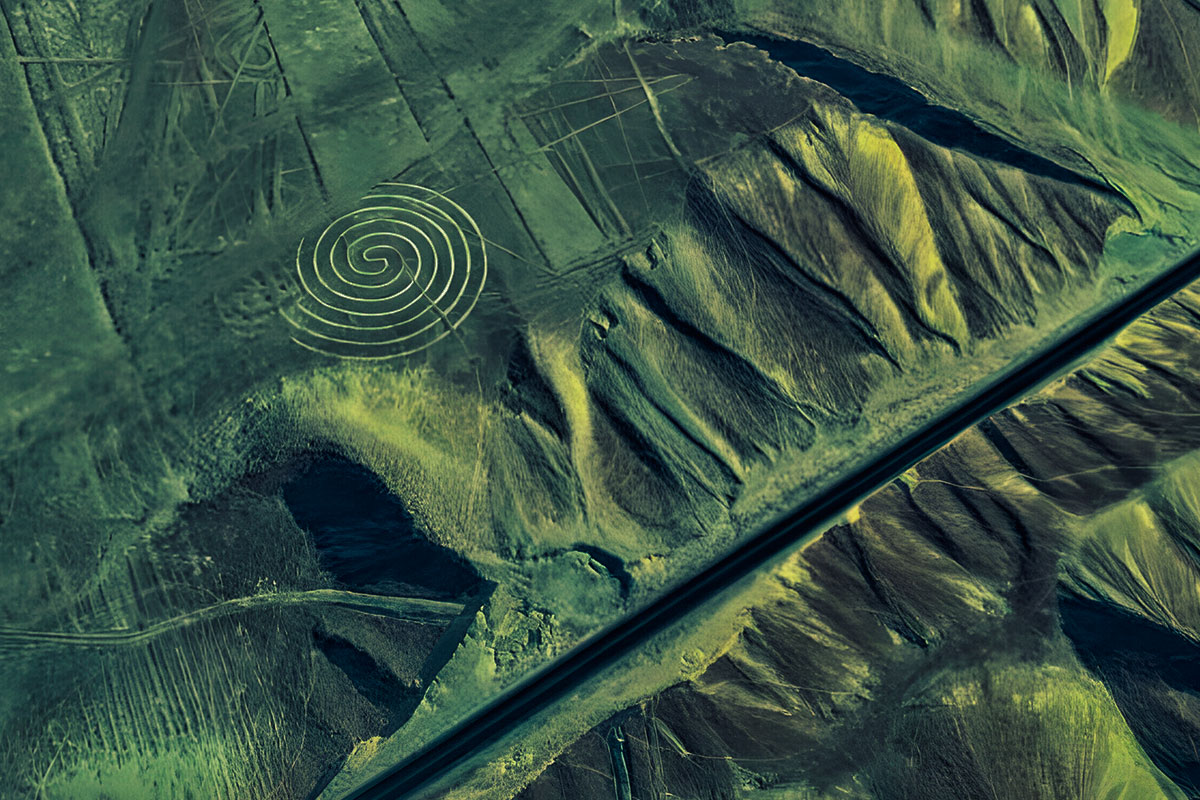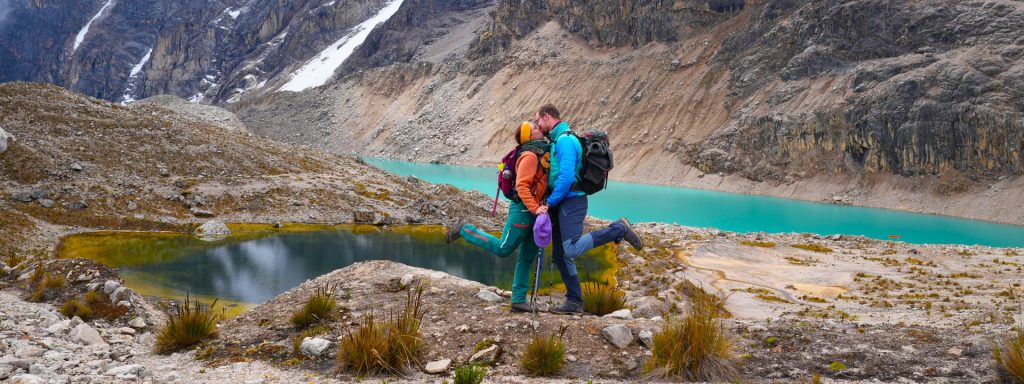My Nazca lines tour adventure with Conde Travel was an absolute delight, unveiling the enigmatic charm of this mysterious region. From the moment of arrival, the anticipation for the treasures hidden within Nazca surged through me.
Our first stop in Nazca led us to the iconic Nazca Lines. A thrilling flight aboard a small plane soared over the desert, revealing awe-inspiring giant figures etched into the ground. The ancient Nazca civilization’s creations—animal shapes, plant forms, and geometric figures—captivated us from the skies. Though the purpose of these lines remains shrouded in mystery, their sheer beauty left a lasting mark on our experience.
Following the exhilarating flight, the Antonini Museum enriched our understanding of Nazca’s history and culture. Well-preserved artifacts, ceramics, and textiles transported us back in time, offering a glimpse into the Nazca civilization’s daily life centuries ago.
How were the Nazca lines formed?
The Nazca Lines were made by removing the dark stones covering the desert surface to reveal the lighter-colored sand underneath. This technique created the iconic lines and shapes visible from above, likely accomplished by the Nazca people between 500 BCE and 500 CE. The purpose and methods behind their creation remain subjects of scholarly debate and speculation.
The Nazca Lines are a series of ancient geoglyphs located in the Nazca Desert in southern Peru. The lines were made by scraping away the top layer of soil, exposing the contrasting color of the ground below. Some theories suggest that the Nazca people, who inhabited the region from around 100 BCE to 800 CE, created the lines for religious or ceremonial purposes, possibly as offerings to deities or as pathways for ritual processions.
Other theories propose that the lines served astronomical or agricultural functions, while some speculate that they were used as markers for underground water sources or as part of rituals related to water and fertility. Despite ongoing research, the exact purpose and method of creation of the Nazca Lines remain a mystery.
There is no direct connection between the Nazca Lines and Machu Picchu. The Nazca Lines are located in the Nazca Desert in southern Peru, while Machu Picchu is situated in the Andes Mountains near Cusco in southeastern Peru. These two archaeological sites are geographically distant from each other and were constructed by different ancient civilizations at different times. While both sites are significant cultural and historical landmarks in Peru, there is no known link or correlation between them.
By who were they discovered?
The Nazca Lines were first brought to the attention of the modern world by Peruvian archaeologist Toribio Mejía Xesspe in 1927, although they were known to local inhabitants for centuries. However, it was the discovery and documentation efforts of American historian and archaeologist Paul Kosok and his assistant Maria Reiche in the 1940s and 1950s that brought widespread attention to the Nazca Lines. Reiche, in particular, dedicated much of her life to studying and preserving the lines, becoming known as the “Lady of the Lines.”
As of now, there haven’t been any reports of new Nazca Lines discoveries. However, given the vast expanse of the Nazca Desert and ongoing archaeological research in the area, it’s always possible that new geoglyphs or other features may be identified in the future. Researchers continue to explore and study the Nazca Lines, seeking to uncover more about this ancient civilization and their remarkable creations.
The mystery of Nazca
The mystery of the Nazca Lines lies in their purpose and the methods used to create them. Scholars and archaeologists have proposed various theories, but the exact reasons behind their construction remain uncertain.
One of the main mysteries is how the ancient Nazca people, who inhabited the region between 500 BCE and 500 CE, were able to create such intricate and large-scale designs without the aid of modern technology. The geoglyphs are massive, some stretching hundreds of meters across, and they can only be fully appreciated from the air.
Another mystery is the purpose of the Nazca Lines. While some researchers believe they served religious or ceremonial functions, others suggest they may have had astronomical or calendrical significance. Some theories propose that they functioned as markers for underground water sources or as pathways for ceremonial processions.
The mystery of the Nazca Lines continues to captivate researchers and visitors alike, inspiring ongoing study and speculation about their origins and significance.
My experience with Conde Travel!
Our adventure took us to the Cantalloc Aqueduct—a fascinating feat of ancient engineering by the Nazcas. Seeing how they harnessed groundwater for desert farming was both eye-opening and exciting.
We also enjoyed Nazca’s local cuisine, including traditional dishes like guinea pig, which gave us a taste of the region’s true flavors. The warm and friendly locals made our trip even better, sharing their customs and traditions with us.
Traveling with Conde Travel made our Nazca experience truly memorable. The blend of history, culture, and stunning landscapes left a lasting impression. If you’re looking for a trip filled with unique historical sites and engaging local experiences, Nazca is a must-visit, and Conde Travel is a great choice to make it happen.
As we ventured into the Nazca region, our first stop was the Chauchilla Cemetery. This open-air site, filled with ancient mummies and artifacts, offered a rare and moving glimpse into the burial practices of the Nazca people.
Next, we got hands-on with the local culture at a traditional pottery workshop. Guided by skilled artisans, we learned how to create Nazca-style ceramics, picking up techniques that have been passed down through generations.
The excitement continued as we explored the Puquios of Nazca, a network of ancient underground aqueducts. Descending into these channels, we marveled at the clever engineering of the Nazca civilization, which cleverly managed water in such a dry area.
Our adventure then took us to the Paredones ruins. Here, we explored the remains of an ancient administrative and religious center. Trekking through the ruins, we soaked in the historic atmosphere, imagining what life might have been like in this ancient desert city.
Throughout the journey, our guides were excellent. They provided fascinating historical insights and helped us connect more deeply with Nazca’s heritage.
As the sun set on our tour, the memories of Nazca’s mysterious charm stayed with us—blending history, culture, and intrigue into an unforgettable experience. For those looking to dive into both historical wonders and rich cultural experiences, a trip to Nazca offers a truly memorable adventure.
For those eager to combine history with adventure, embarking on the Nazca Lines tour with our travel agency is a unique experience. It’s not just about seeing ancient wonders; it’s about immersing yourself in their mystery and significance. My own trip to Nazca was eye-opening, offering a genuine connection to these remarkable landmarks that I’ll remember for years to come.







